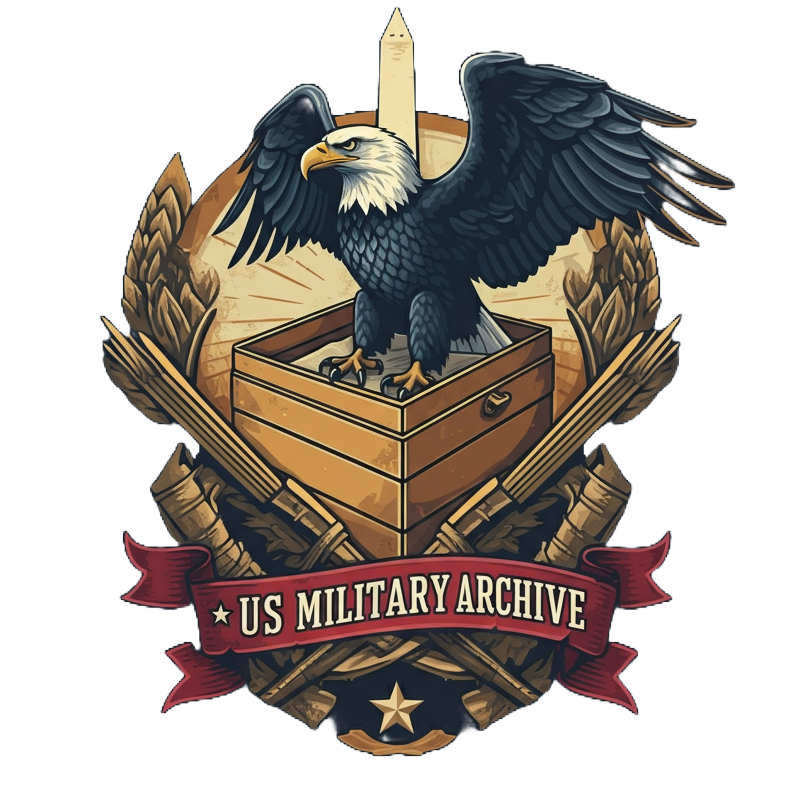Archive Text
Balloons Over the Battlefield: Exploring the Logistical and Strategic Implications of an Early American Balloon Corps
The nascent United States, grappling with westward expansion and the pangs of industrialization during the Early National Era, presents a compelling backdrop for a hypothetical exploration of military modernization. Imagine a fledgling nation, its military still defining its identity, reaching for the skies not with the roar of airplanes, but with the quiet ascent of balloons. This article delves into the complex logistical challenges and strategic implications of establishing a hypothetical balloon corps in this era, examining how this rudimentary form of air power could have profoundly altered the trajectory of early American military history.
Manpower: Cultivating Expertise in a Novel Field
The success of such an endeavor would have hinged on the recruitment and training of a specialized workforce. Beyond simply piloting and maintaining these delicate airships, personnel skilled in interpreting aerial observations would be essential, effectively becoming the nation's first aerial scouts. In this era predating widespread knowledge of aeronautics, the recruitment pool would likely have been limited to a select few civilian balloonists, scientists, and mechanically inclined individuals. Public perception would have been a significant factor. While some might have been captivated by the novelty and potential of a balloon corps, others would likely have dismissed it as a costly and impractical venture. Gaining acceptance within the existing military structure, accustomed to traditional ground-based operations, would have presented another hurdle. Overcoming skepticism and integrating this new form of warfare into established military doctrine would have required strong leadership and demonstrable results.
Material: Securing the Sinews of an Aerial Force
Acquiring the necessary materials to construct and maintain a fleet of operational balloons would have presented formidable logistical obstacles. Silk for the balloon envelopes, hydrogen gas for lift, robust ropes for tethering, and sturdy winches for ground operations would have been essential, yet potentially scarce and expensive commodities in the early American economy. The young nation, primarily agrarian at the time, would have faced challenges diverting resources towards this novel military technology. Establishing a reliable supply chain for these materials would have been crucial, necessitating investment in both manufacturing capabilities and transportation infrastructure. The very act of transporting these bulky and delicate materials across vast distances, often through uncharted territories, would have been a logistical feat in itself. Consider the perils of transporting flammable hydrogen gas and fragile silk envelopes across the Appalachian Mountains or along the Ohio River – a dangerous undertaking fraught with the potential for accidents and delays.
Communication: Bridging the Gap Between Sky and Ground
The effectiveness of a balloon corps would have been inextricably linked to its ability to transmit timely and accurate information to commanders on the ground. However, the limitations of early communication technology would have presented significant challenges. Methods such as flag signals, couriers, and the nascent telegraph system would have struggled to convey the complex observations made from a swaying balloon basket, potentially miles from headquarters. The potential for delays, misinterpretations, and even the complete loss of critical information was considerable, undermining the strategic advantage gained through aerial reconnaissance. Despite these limitations, even basic observations regarding enemy troop movements, fortifications, and terrain features could have significantly influenced tactical decision-making, providing commanders with an unprecedented perspective of the battlefield.
Information Warfare: A Precursor to Modern Intelligence Gathering
Deploying balloons for reconnaissance, while seemingly rudimentary by modern standards, represented a paradigm shift in military strategy. This early form of aerial observation offered a glimpse into the nascent concept of information warfare. The ability to gather intelligence from the skies, even with the constraints of early communication technology, provided a distinct advantage. This concept foreshadowed the crucial role that aerial platforms, from reconnaissance aircraft to satellites, would play in future conflicts, demonstrating how even seemingly simple innovations can have a profound and lasting impact on the evolution of warfare.
Modernization and Force Structure: Adapting to a New Dimension of Warfare
Integrating a balloon corps into the early American military would have necessitated adjustments to force structure and military doctrine. Balancing investment in this new technology with the demands of traditional military branches would have required careful consideration from early national leaders. The potential for inter-service rivalry between the balloon corps and established ground forces could have further complicated matters. The very concept of a dedicated "air branch" was revolutionary for its time, forcing military leaders to grapple with the evolving nature of warfare.
Conclusion: A Legacy Etched in the Skies
While the logistical challenges of establishing a balloon corps in the Early National Era were substantial, the potential strategic benefits were undeniable. The ability to observe beyond the horizon, to gather information previously inaccessible, represented a transformative leap in military thinking. This hypothetical balloon corps, though constrained by the limitations of its time, foreshadowed the pivotal role that air power would eventually assume in future conflicts. It serves as a testament to the enduring human стремление to gain a higher vantage point in the pursuit of strategic advantage. This exploration reveals the complex interplay between logistical constraints, strategic opportunities, and technological innovation in shaping the course of military history. By confronting the challenges of manpower, material, and communication, early American leaders could have potentially harnessed the power of the skies, forever changing the landscape of warfare. The legacy of this imagined air force, etched in the very clouds themselves, underscores how even seemingly modest innovations can have profound and enduring impacts on the art of war.
Files
There are no files available.

